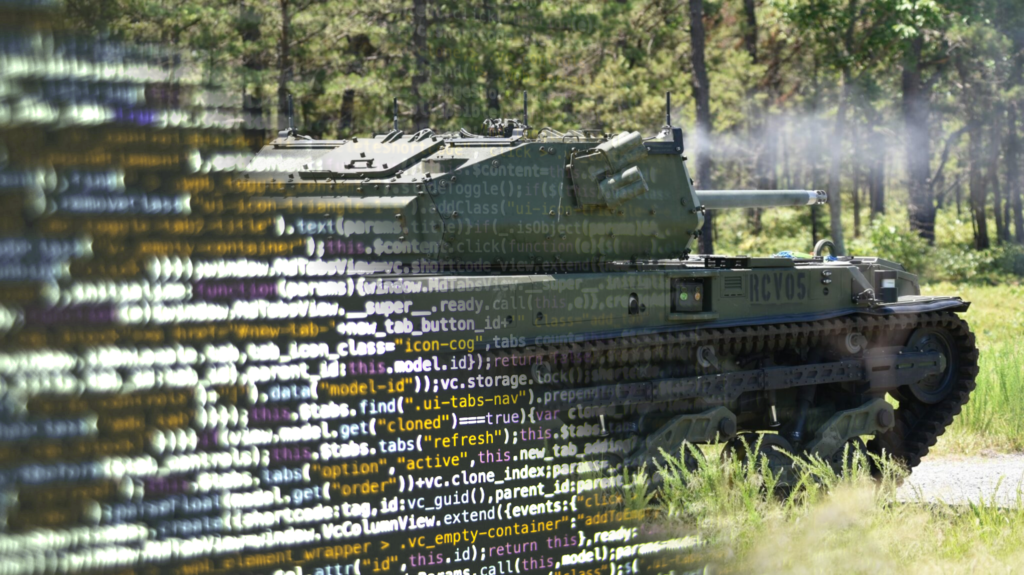Addressing the Challenges of Army's Robotic Combat Vehicle Development

Frustrations with Robotic Combat Vehicles
As the Army prepares to field a fleet of unmanned combat vehicles by 2028, industry experts have raised significant concerns over the service's piecemeal acquisition approach. This strategy has prompted red flags about the potential effectiveness of these robotic systems.
Concerns About Autonomy Software
- Industry critics suggest that the Army's reliance on internally developed autonomy software may not be the best route.
- There is a significant push for exploration of commercial software solutions that might offer more reliable and tested options.
- Experts emphasize the importance of a clearer acquisition strategy moving forward.
Conclusion
As the deadline for deployment approaches, the Army must take these criticisms into account. Adopting a unified strategy will be vital for the success of the robotic combat vehicle initiative and its capabilities in upcoming combat operations.
This article was prepared using information from open sources in accordance with the principles of Ethical Policy. The editorial team is not responsible for absolute accuracy, as it relies on data from the sources referenced.